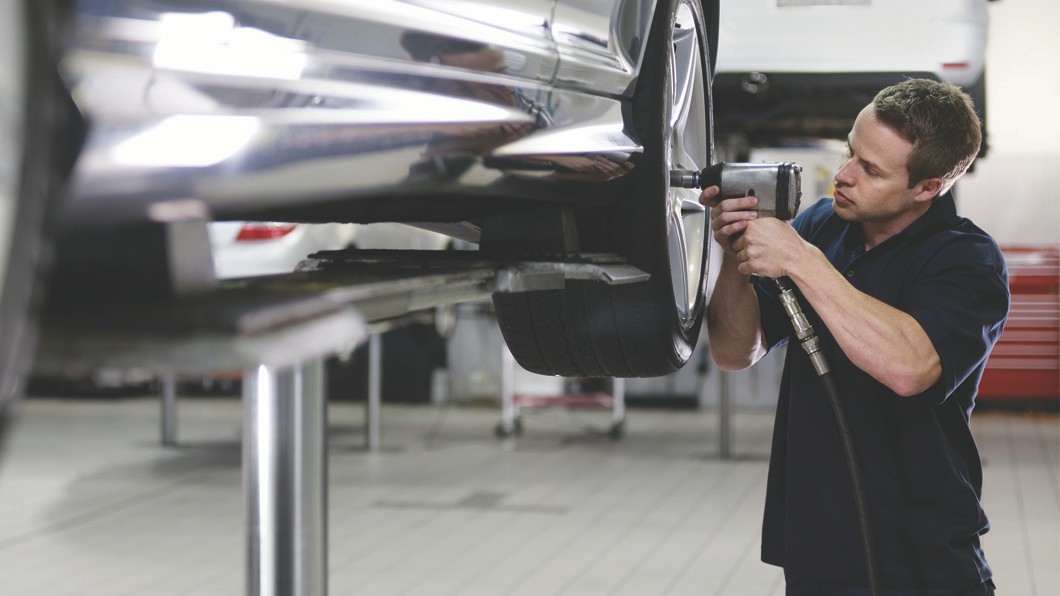2018-04-30 | Bridgestone Team
5 Tips for Tire Maintenance before a Trip
Check and Maintain your Tires before a Trip
The trunk is full, sunglasses are on, the top is down, and you are ready to hit the road. Now, put on the brakes because you have more than likely forgotten something: your tires. They're a vital part of the journey and making sure they're in top shape before you hit the road is even more important than making sure the right playlist is ready to blast out of the car's speakers.

Take care of these five things before setting off on your next adventure:
1. Bow to the pressure
It's important to always check tire pressure before heading out on a long trip or when carrying extra load. Driving on tires with improper inflation pressure is dangerous and can cause tire damage as well as affect the vehicle's ride, handling and fuel economy. Check your vehicle owner's manual for the manufacturer recommended tire pressure for all your tires, including your spare. Remember that tire pressure should be checked when the tires are ""cold"" which means when your car hasn't been driven for three hours or for less than 2 km at moderate speed.
2. Get in the groove
When it comes to tires, bald is hardly beautiful. Tires should have more than 2/32-inch tread depthby using a tread depth gauge. In case the tread depth is 2/32-inch or less, it's time to shop for a new set at one of our Bridgestone dealer locations. Also look for uneven wear, such as wear on one side of the tread. Flat spots may indicate a problem with the tire and should be checked by a tire service professional as soon as possible.
3. Get on your knees
Take a moment to closely inspect the state of your tires. Check for any cuts, cracks, splits or bruises in the tread and sidewall area. Also, bumps or bulges could mean separation within the tire body. If found, head to the nearest tire service professional before heading out to avoid the interruption and headache brought on by tire failure.
4. Rotate before you roll out
Before leaving for a road trip, it's a good idea to have a vehicle's tires rotated. Rotating your tires regularly (as recommended by the vehicle manufacturer, or every 8,000 km) promotes even tread wear and helps the tire perform as designed.
5. Don't pack unnecessary luggage
Vehicles have maximum weight recommendations which can be found in your vehicle owner's manual. Your tires also have a maximum load rating stamped on their sidewall. Obeying these limits is important since excessive loads are hard on the tires and adversely affect the vehicle ride and handling. The heavier the car, the worse the fuel economy will be, as well.
-
5 Tips to Get the Most From Your Tires
5 Tips to Get the Most From Your Tires
The U.S. government estimates that transportation costs equal about 12.9% of the typical household's income. So, how can you stretch your money when it comes to your car's tires?
Learn More -
What Are All Season Tires?
What Are All Season Tires?
For drivers who want versatile performance year-round, all season tires are made out of rubber composite compounds that are formulated to perform well under a wide range of weather and temperature conditions.
Learn More -
Run Flat Tires: How They Work
Run Flat Tires: How They Work
Though they first appeared in the mid-1980s, run flat tires are now more popular and technologically advanced than ever before. Take a look at the technology behind these game-changing tires.
Learn More